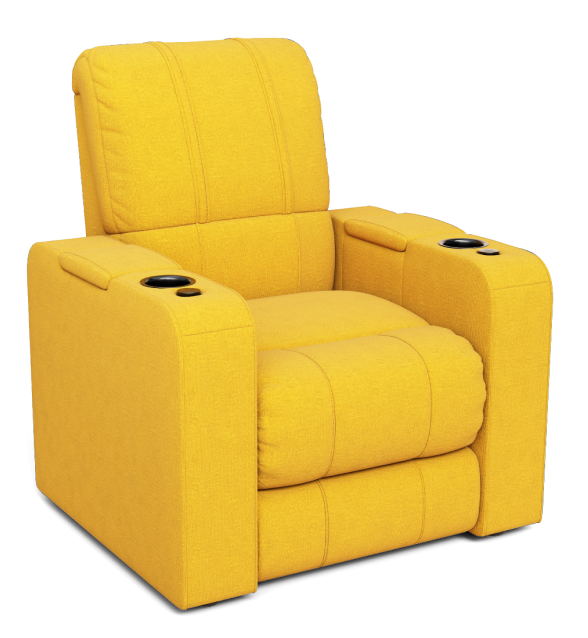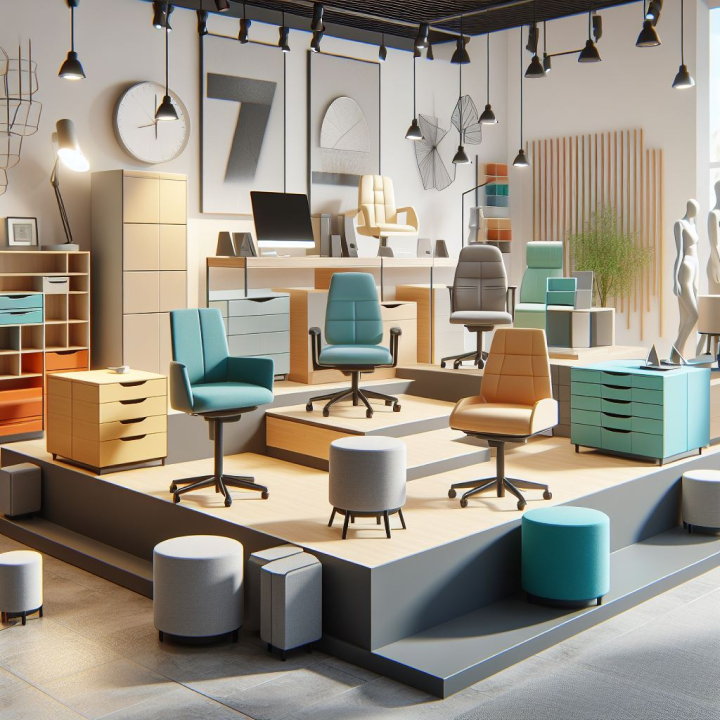As customers today are heading towards using an eCommerce platform to notify their purchasing choices, manufacturers must look beyond the conventional business-to-business (B2B) model and develop connections directly with customers. Businesses are aware that they require to be in a more favorable position to inspire and assist their clients as their ecosystem gets inundated by everything that comes with digital technology. Most of the consumers make purchase choices before they have any contact with companies or retail partners.
Businesses must work harder to inform consumers about products before customers walk through the doors of a retail store or log on to an online reseller.
That means the manufacturers, along with their marketing and merchandising teams, need to take an active approach to build relationships with potential buyers online, with personalized content that elevates their products to the top of must-have customer lists.
Ecommerce vs Traditional commerce
With a solid understanding of the working of both traditional commerce and eCommerce, let’s examine how we can turn some of these differences into assets and how to sidestep the pitfalls and drawbacks.
Accessibility
One of the most notable distinctions between traditional commerce and eCommerce is accessibility. Your ability and reach are only as far as the most remote consumer is ready to travel to your business with traditional commerce. And they must do so only during the fixed business hours.
With an eCommerce store, you’re open throughout the year, including holidays, and your consumer reach is no longer local or regional.
As a business owner, you need to ensure you’re equipped to manage the increased sales volume and shipping logistics, sales tax collection across several jurisdictions, a return process, and many other issues.
Human element and instant tangibility
The human element and immediate tangibility of the product are next on the list of key issues. Consumers can request a sales associate and ask them questions about a particular product with traditional commerce. They can hold the merchandise in their hands and examine it or compare it to a similar product. Once they make up their mind to make a purchase, they walk out of the store with the product in hand.
However, on the eCommerce platform, shoppers lose both of these factors. While customers may still be able to ask questions through a chat option on the site or a Q&A forum, you’re still not conversing face to face with someone. This method usually doesn’t result in an immediate response. Since shoppers can’t handle the products in your online store, you must have detailed descriptions, specifications, pictures, and videos of products. This will give them the feel of inspecting the product as in a store.

Low cost of entry
One more significant benefit of an online store is there is no cost of entry. In the past, eCommerce was only for big national chains as they were the only ones that could afford it. Today, it’s common for businesses to start online and then move to a brick-and-mortar store. Once they find their audience and have sufficient funds, they lease their ideal space.
If you are solely an online retailer and considering opening up a storefront, make sure your eCommerce platform has an option for integration for a point of sale system that would fit your business.
These issues relating to eCommerce vs. traditional commerce could go on and on. Still, accessibility, the human element, and the instant tangibility of products are what we consider to be the most vital differences.
How Ecommerce Sites Work
You will need first to select an eCommerce platform or hosting service, like anything else online. The eCommerce platform will serve as the backbone of your entire online store. So, make sure that you select one that has the functionality you need.
You need to choose a template for your eCommerce store once you’ve selected a platform. You must follow 2 rules during the selection process to make sure you pick one that is specifically designed for eCommerce. Ecommerce themes are built to showcase products and include functionality must-haves for eCommerce merchants to select one with a responsive design. This allows consumers using the mobile to navigate your site easily.
You must organize your inventory after you have selected the template. You need to set up payment processing and data analytics so you can understand your online business performance. When all this is accomplished and set up, you are ready to enter the digital world.
The Way Forward
Ecommerce is the trending form of business being carried nowadays by most of the business traders or sellers for both retail and wholesale. Traditional commerce is most frequently used where there is no accessibility for the delivery of goods and services to faraway places from urban areas. Also, in cases where few people are not able to buy digital gadgets, are uneducated, traditional commerce is a popular form of business.
Ecommerce has reached most of the target audience now as digital devices can be available at the lowest prices. As tech is improving, the connectivity to the digital world is also increasing due to the efforts made by the e-commerce industry. Both eCommerce and traditional commerce models are still popular based on the availability, requirement, and emergence of the need for the customers.
We hope you get a better understanding of the differences and similarities between traditional commerce and eCommerce in this blog. And you will walk away with an idea to better manage both channels to maximize your profits.



